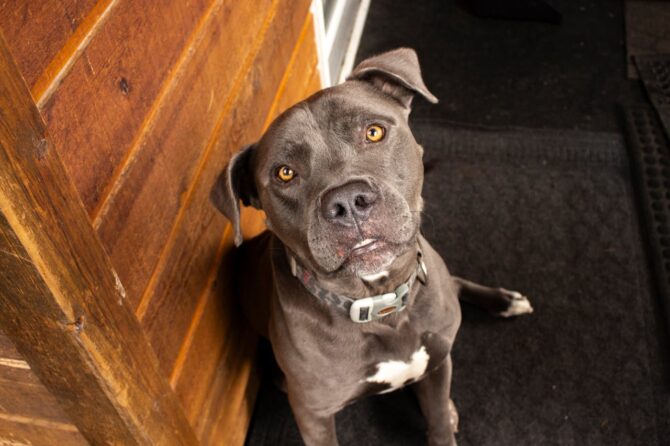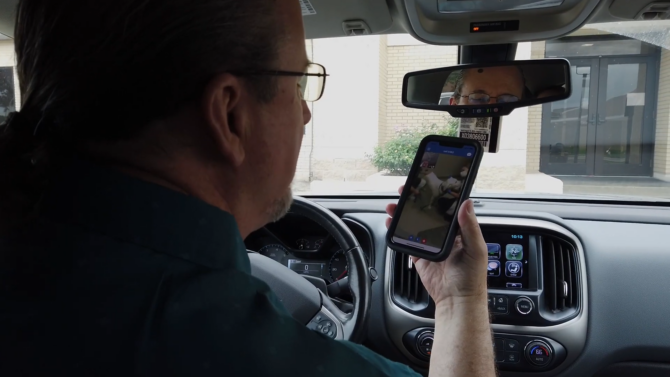Emergency visits can be just as stressful for pets as they are for their owners. In moments of medical crisis, it’s easy for anxiety to skyrocket—not only for you, but for your pet too.
Animals, especially dogs and cats, often sense when something is wrong, and this can increase their stress levels, especially in unfamiliar environments like a veterinary clinic.
Understanding how to manage pet anxiety during emergency vet care is key to keeping your companion calm, making the visit more manageable, and ensuring they get the treatment they need without unnecessary distress.
Understanding Pet Anxiety in Emergencies

When pets experience anxiety, it can manifest in a variety of ways. Dogs might pant excessively, pace, or even refuse to cooperate. Cats, on the other hand, may hide, hiss, or show signs of aggression.
These behaviors often amplify during emergency situations because animals pick up on your emotions. Your concern for their well-being can heighten their stress, making it crucial to manage both their anxiety and your own.
One of the biggest contributors to pet anxiety is unfamiliar environments. For animals that are already anxious, stepping into a veterinary clinic, surrounded by unknown sounds and smells, can send their stress levels soaring.
This is especially true during emergencies when their routine is disrupted and they’re already feeling unwell.
Preparing for an Emergency Visit

The best way to minimize stress in an emergency is to be as prepared as possible. While no one likes to think about emergencies, being proactive in certain areas can ease your pet’s anxiety.
- Get Your Pet Comfortable with Routine Check-Ups
One of the simplest ways to reduce stress during an emergency visit is to ensure that your pet is familiar with the vet’s office. Regular pet check-ups and cat wellness exams help familiarize your pet with the clinic environment. If your pet is accustomed to visiting the veterinarian for routine care like dog vaccinations, they’ll be less anxious when a more serious issue arises. - Create Positive Associations with the Carrier or Leash
Many pets associate their carriers or leashes with stressful situations, especially if they only experience them during trips to the vet. Try to create positive associations by using carriers or leashes during playtime or feeding, so they don’t automatically equate these items with anxiety-inducing experiences. - Consider Desensitization
For extremely anxious pets, desensitization can help. Gradually exposing your pet to the sights, sounds, and smells of the veterinary clinic can make emergency visits less intimidating. Start by bringing your pet into the clinic for non-medical visits, just to say hello or get a treat from the staff. This process helps them associate the clinic with positive experiences rather than just stressful situations.
Here you can read more about how to handle your pet’s injury before heading to the vet.
During the Emergency: Staying Calm and Comforting Your Pet

Once you’re in an emergency situation, keeping your own emotions in check is crucial. Pets are highly intuitive and will pick up on your anxiety.
Try to stay as calm as possible, even though it’s natural to feel worried. Speak softly to your pet and use a calm, soothing tone to reassure them.
- Use Familiar Items
If you know that your pet experiences high levels of anxiety, bring familiar items with you to the clinic. A favorite blanket, toy, or even an item of your clothing can provide comfort by reminding them of home. The familiar scent will help create a sense of security in an otherwise stressful environment. - Keep Handling to a Minimum
While it’s natural to want to comfort your pet by holding or petting them, some animals may become more anxious with too much handling, especially in an unfamiliar environment. Let your pet come to you for comfort and avoid forcing physical contact if they seem uncomfortable. - Talk to Your Vet About Anxiety Relief
During the emergency visit, it’s important to communicate your pet’s anxiety to the veterinary team. Veterinary clinics often offer pet behavior therapy or veterinary acupuncture as a way to manage stress and anxiety during treatments. Additionally, some clinics may provide anxiety-relief medications for pets who need them in high-stress situations. - Consider a Stress-Free Clinic
Some clinics, strive to provide a home-like environment and a stress-free experience. These clinics are designed to minimize anxiety for both pets and their owners, offering specialized care tailored to your pet’s emotional needs. A focus on creating a calm, welcoming atmosphere can significantly reduce your pet’s stress, even during emergency procedures.
Handling Anxiety After the Emergency

After an emergency visit, it’s essential to help your pet recover emotionally as well as physically.
Sudden trips to the vet for emergency procedures or advanced specialty treatments can leave a lasting impact on your pet’s mental health.
Ensuring they feel safe and cared for once they return home is just as important as their physical recovery.
- Maintain a Routine
Pets thrive on routine, so try to return to their normal schedule as quickly as possible. Regular feeding, walks, and playtime will help them settle back into their daily rhythm, reducing lingering anxiety from the emergency. - Monitor for Behavioral Changes
After a stressful event, keep an eye on your pet’s behavior. If they continue to exhibit signs of anxiety, such as hiding, refusing to eat, or becoming overly aggressive or lethargic, it may be worth seeking professional help. Pet rehabilitation services or pet behavior therapy can assist with emotional recovery after a traumatic experience. - Nutrition and Care
Proper care after an emergency is essential for both physical and emotional healing. Pet nutrition counseling ensures your pet is getting the right nutrients for recovery, while follow-up visits for senior pet care, pet surgery, or pet cancer treatments provide the medical attention needed to address ongoing issues. Ensuring your pet feels supported during this time can ease their anxiety.
Be Prepared to Act Quickly

The truth is, pets can’t always express their anxiety in ways we easily understand. But with a little preparation and knowledge, you can make emergency vet visits much less stressful for your companion.
Knowing what to expect, staying calm, and finding a vet that prioritizes both physical and emotional care can make all the difference.
For those in the New York City area, URvet Care provides not only next-generation veterinary care but also ensures a stress-free experience for your pets.
Their team is trained in emergency vet care, making it easier to navigate a crisis while keeping your pet as calm and comfortable as possible.



